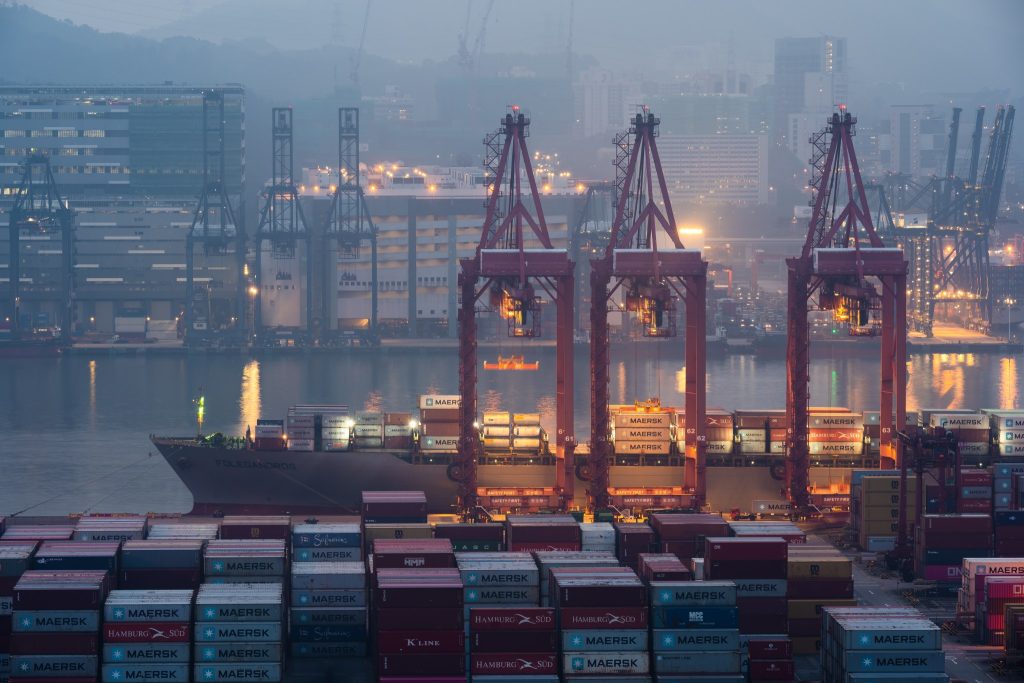- Markets in China were down this morning on gloomy macroeconomic data showing a possible contraction of activity caused by President Trump’s trade war. The S&P 500, by contrast, notched six straight days of gains on hopes that as Trump makes further compromises on tariffs the worst may be behind us.
The trade war has begun to take its toll on Chinese stocks, which until recently had been more resilient than U.S. equities to President Trump’s incoming tariffs. China’s SSE was down 0.23% today and the CSI 300 was down 0.12%, following news that new export orders in China fell in April to their lowest since COVID-19. China’s purchasing managers’ index for manufacturing fell to 49, indicating a contraction in activity.
The context: China’s CSI 300 is down 1.3% year to date compared to the S&P 500, which is down 5.45% over the same period.
In recent days, however, new data emerged showing a drastic reduction in export shipping from China to the U.S. and investors appear to have reacted as a result. While the S&P has now notched six straight days of gains, the CSI has lost 0.45% over the same period.
Here’s a snapshot of where global markets stood this morning prior to the opening in New York:
- The S&P 500 was up 0.58% yesterday.
- Futures contracts on the S&P were down 0.058% this morning.
- Japan’s Topix was up 0.63%.
- Hong Kong’s Hang Seng was up 0.51%.
- India’s Nifty 50 was flat.
- China’s SSE was down 0.23%. The CSI 300 was down 0.12%.
- South Korea’s Kospi was down 0.34% (it remains up 6.6% YTD).
- The Stoxx Europe 600 was up 0.3% in early trading.
It is not surprising that Chinese stocks have taken a beating over the last few days. Analysts have been churning out gloomy estimates of the effect of the trade war. “We estimate ~2.2% of China’s GDP is directly hit by the tariffs. Assuming a 50% loss of exports to the US, China might lose ~1.1% of GDP in the near term. The actual loss will be larger as the shock ripples through to other sectors, especially the services sectors that facilitate merchandise exports,” Nomura’s Ting Lu and team told clients in a recent note seen by Fortune.
In New York, a note from Goldman Sachs’ Vicki Chang was more upbeat about U.S. equities: “We said that a shift in trade policy was the most obvious route for recovery in risk assets. We have seen a version of that, starting with the 90-day pause on reciprocal tariffs, product-specific tariff exemptions, and seeming openness to negotiating with China. Those are modest shifts that still leave significant tariffs and recession risk in place. But it is likely true that we are past the peak of new tariff ‘shocks,’ and possibly past peak policy uncertainty.”
While investors in American stocks might be feeling more cheerful, their children could have a downside surprise coming in December. According to the New York Times, “Factories in China produce nearly 80 percent of all toys and 90 percent of Christmas goods sold in America.” All of those toys are now stuck behind Trump’s wall of tariffs.
Tonight: Microsoft and Meta report earnings, followed by Amazon and Apple later in the week.
This story was originally featured on Fortune.com







